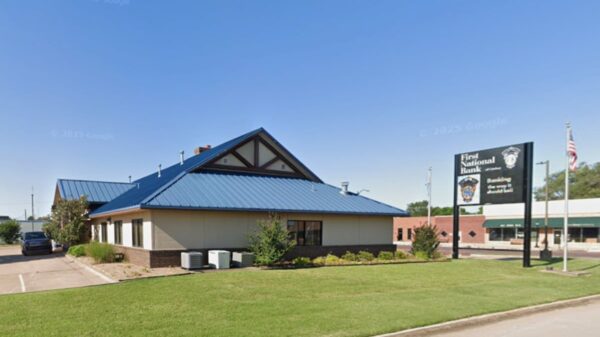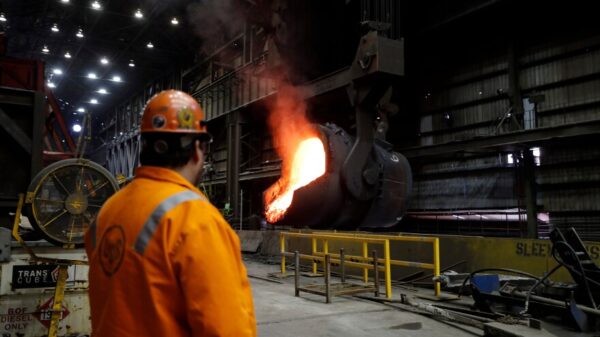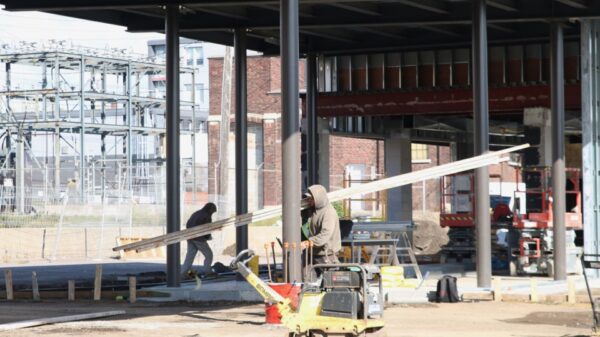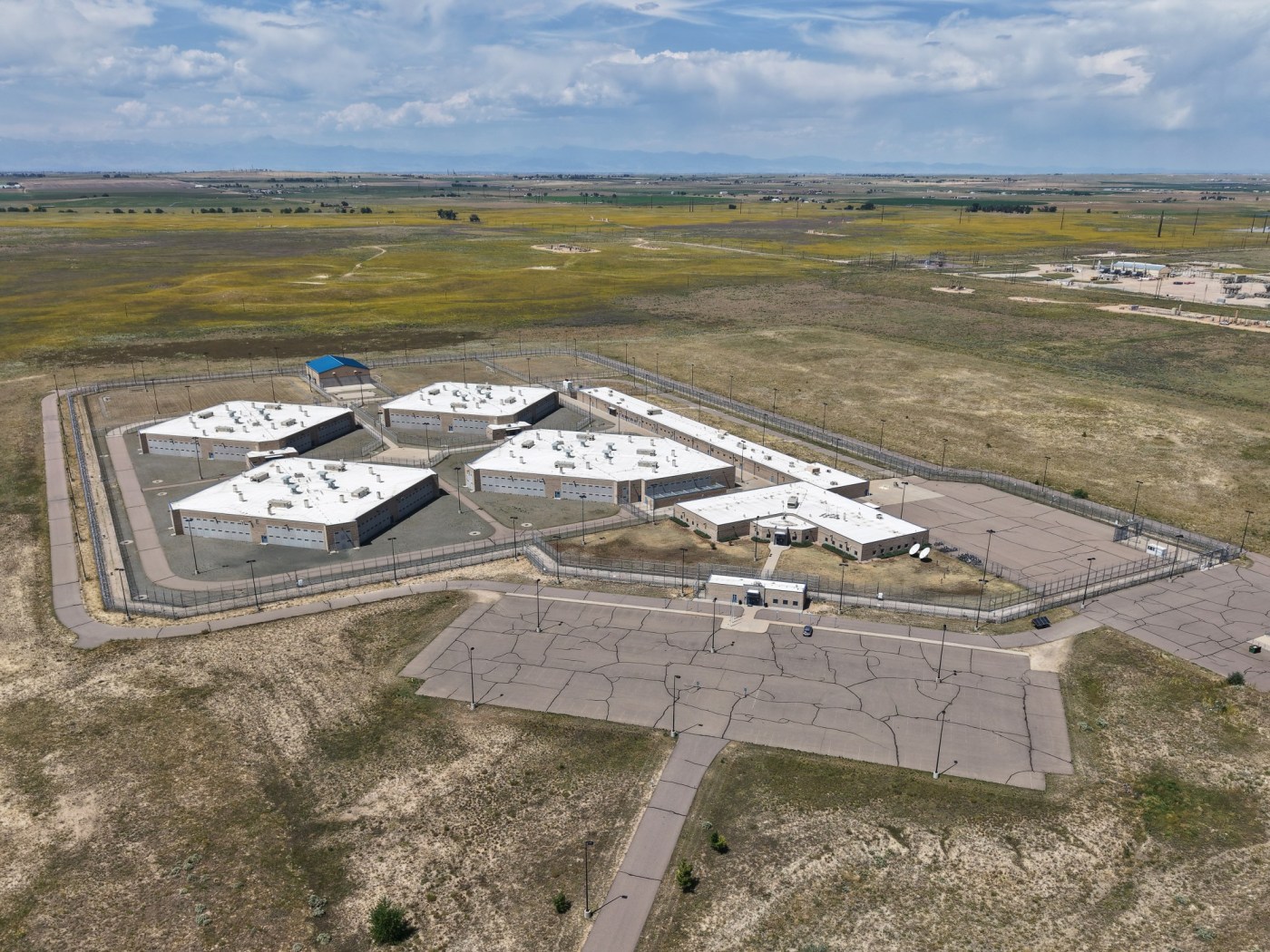U.S. Immigration and Customs Enforcement (ICE) plans to significantly increase its immigrant detention capacity in Colorado by opening as many as three new facilities in the coming months. Recent planning documents obtained by the Washington Post reveal that this expansion is part of a broader strategy to boost nationwide detention capabilities.
The agency is set to reopen a previously closed correctional facility in Hudson, located northeast of Denver. In addition, ICE is targeting the reopening of a private prison in Walsenburg, in southern Colorado, as well as adding 28 beds at the Southern Ute Detention Center in Ignacio, situated on the Southern Ute Indian Reservation southeast of Durango. The reopening of these facilities is expected to occur before the end of the year.
The proposed expansion will also increase the capacity at ICE’s only currently operational facility in Colorado, located in Aurora. The facility’s contracted capacity will rise from 1,360 beds to a maximum of 1,530. If all three new centers open as planned, Colorado’s total ICE detention capacity would exceed 4,000 beds, significantly more than the current limit.
According to the Washington Post, this expansion aligns with the federal government’s aim to meet the increasing demand for detention beds. By January 2024, ICE aims to have a total of 107,000 beds nationwide, more than double the nearly 50,000 capacity at the beginning of President Donald Trump’s second term.
The implications of this expansion position Colorado to become the state with the sixth-largest number of ICE detention beds in the United States. A spokesperson from the U.S. Department of Homeland Security confirmed that the planning documents were legitimate but noted that the list was outdated and some contracts were “not accurate.” The documents were last updated on July 30, 2023.
In response to ICE’s plans, CoreCivic, the private prison company overseeing the Walsenburg facility, has previously indicated interest in expanding its operations in Colorado. During a May earnings call, CoreCivic CEO Damon Hininger mentioned that ICE had toured its facilities and expressed interest in both the Walsenburg location and a closed prison in Burlington. While the company had advertised detention officer positions contingent on securing a contract, those postings have since been removed, although maintenance roles are still available.
ICE’s recent expansion efforts were also prompted by Congressional action, specifically a tax-and-spend bill that allocated $45 billion for ICE detention facilities. This funding is part of a broader strategy to enhance the government’s immigration enforcement capabilities.
Both the Walsenburg and Hudson facilities were among various sites proposed to ICE as potential detention centers earlier this year. The Hudson facility is owned by the GEO Group, which also operates the Aurora detention center. The GEO Group did not respond to inquiries regarding the planned expansion.
While the future of the proposed facilities remains uncertain, ICE continues to explore options. On a recent earnings call, Pablo Paez, the GEO Group’s executive vice president for corporate relations, indicated that discussions were ongoing with ICE and the U.S. Marshals Service regarding additional sites nationwide, including the Cheyenne Mountain Reentry Center in Colorado Springs.
As the situation evolves, the proposed expansions reflect ICE’s ongoing efforts to adapt to changing immigration enforcement policies and increasing demands for detention space across the country.





































































